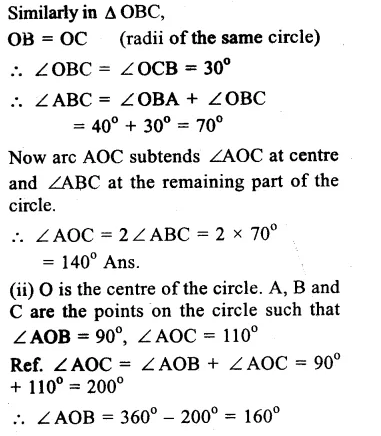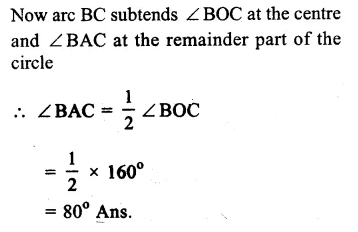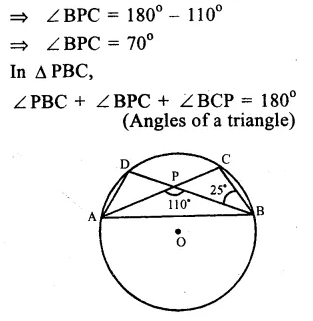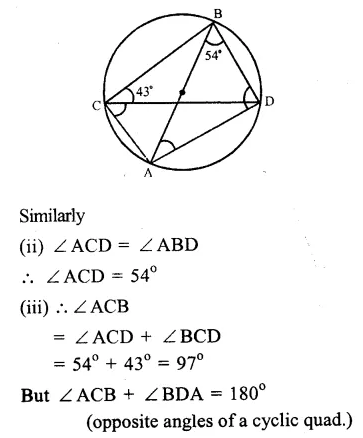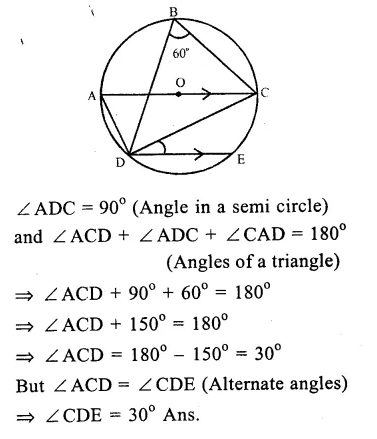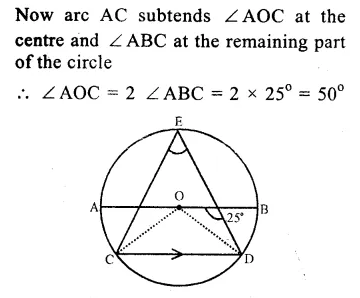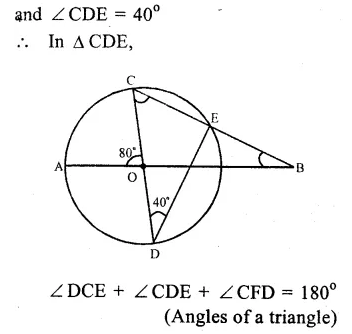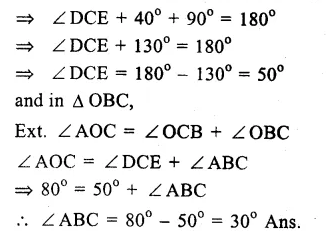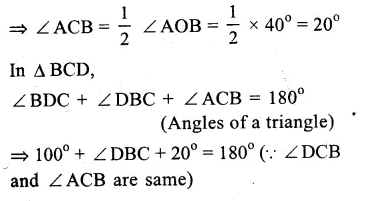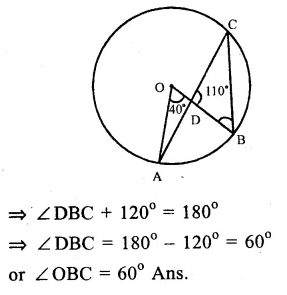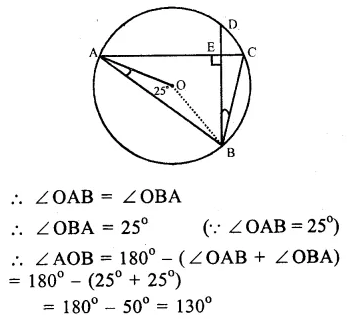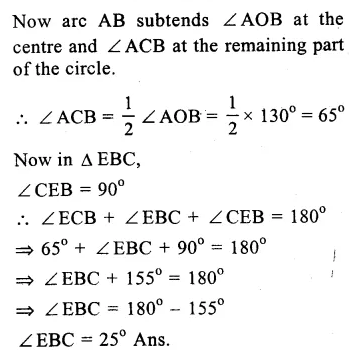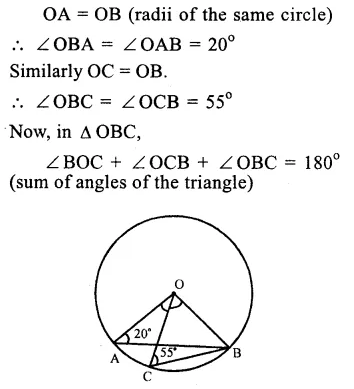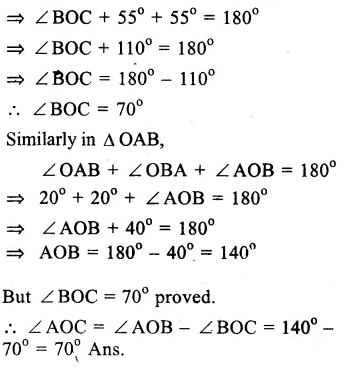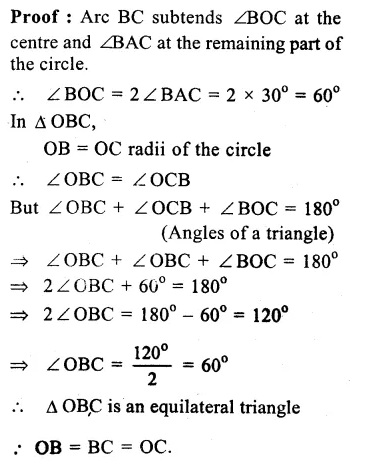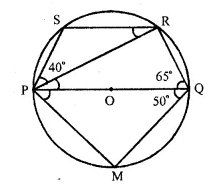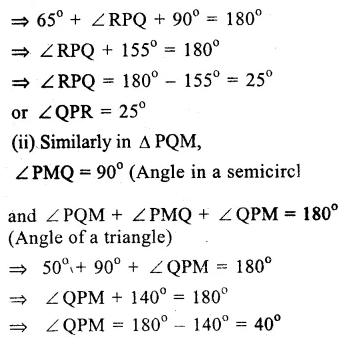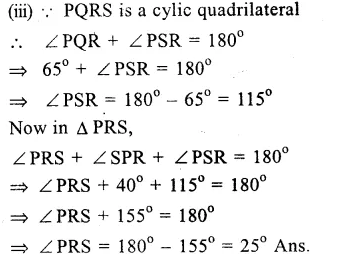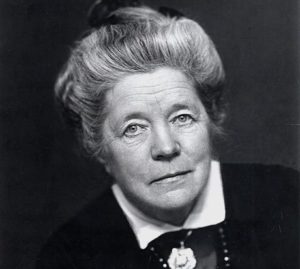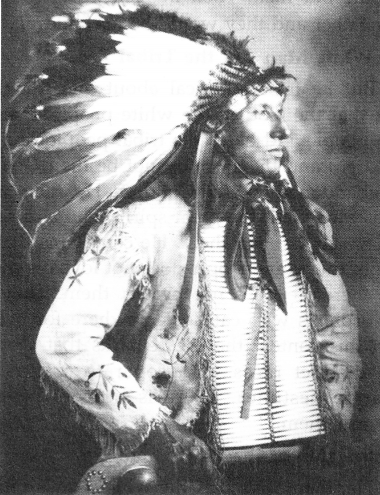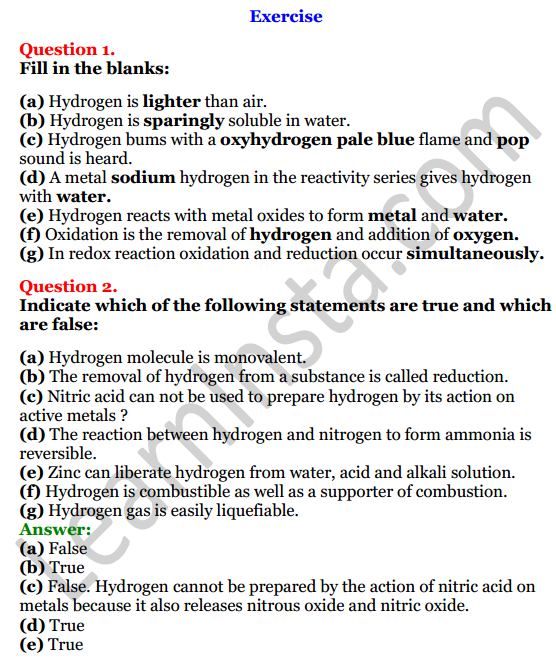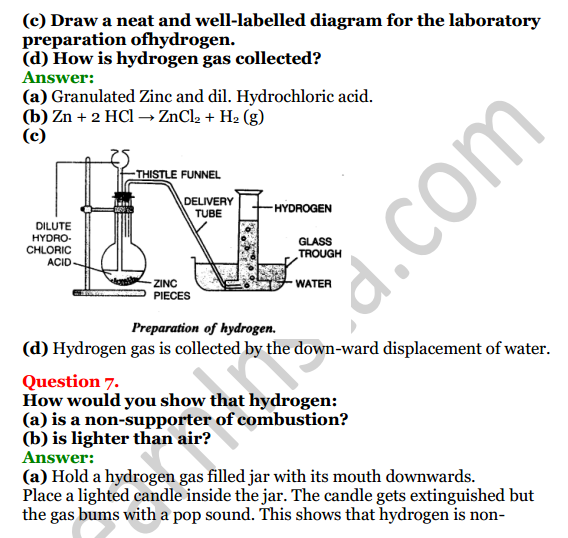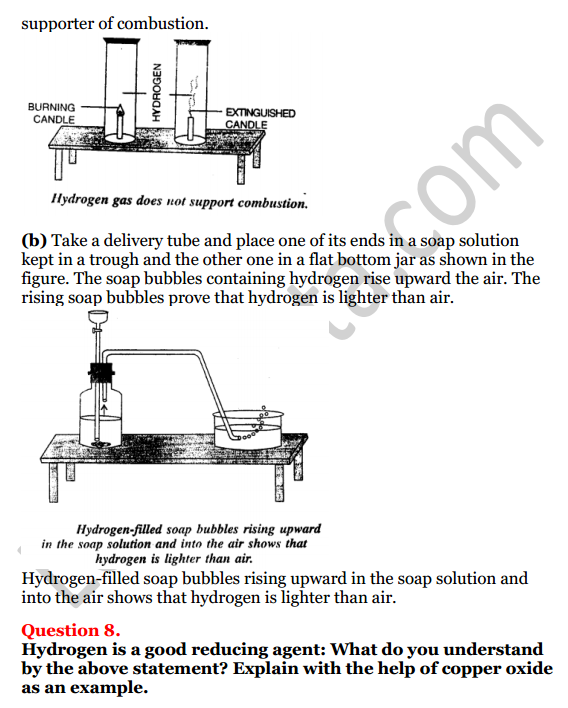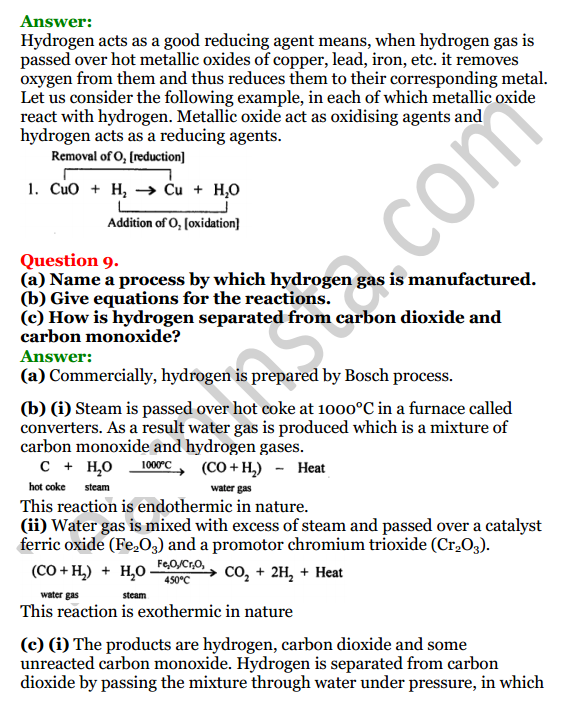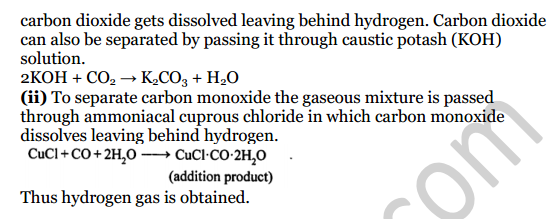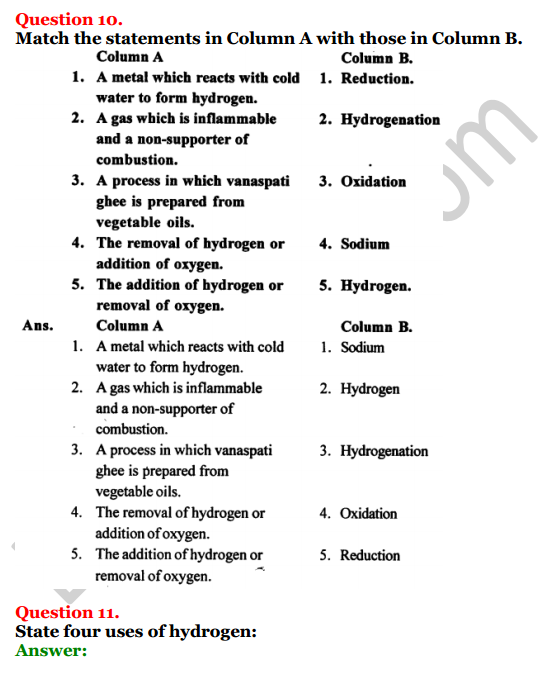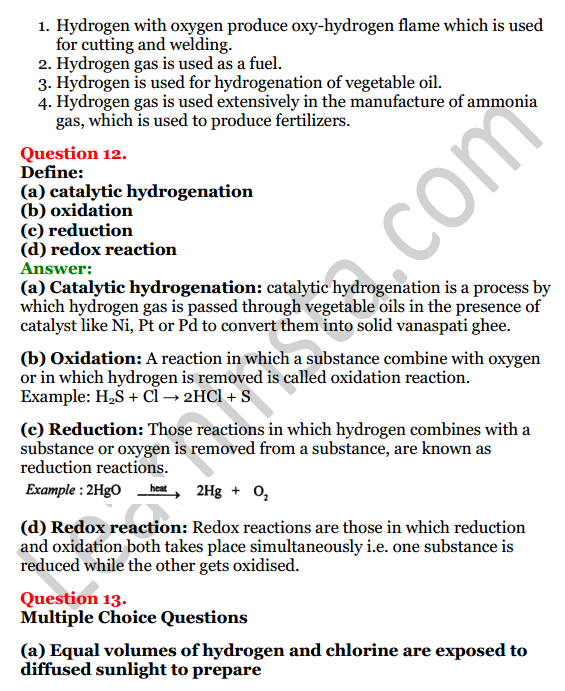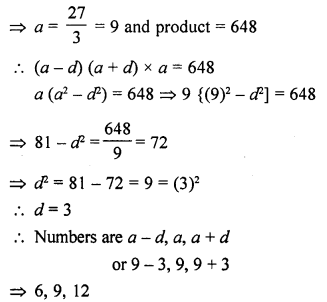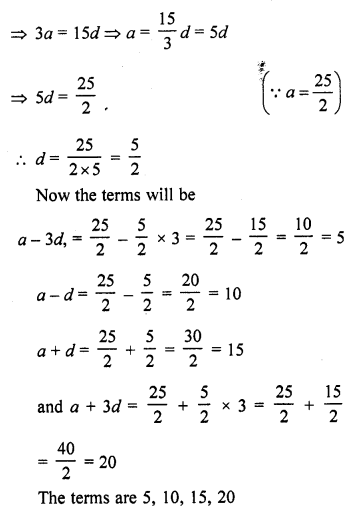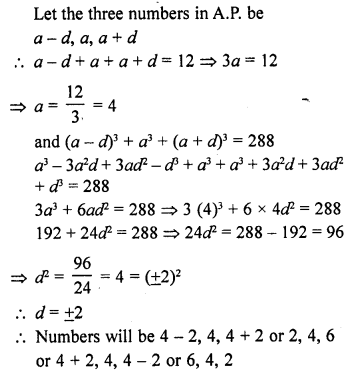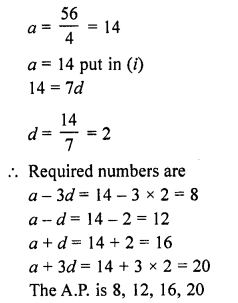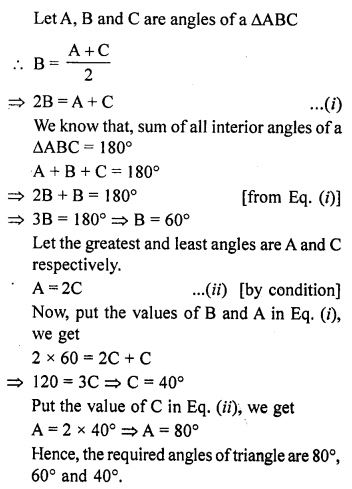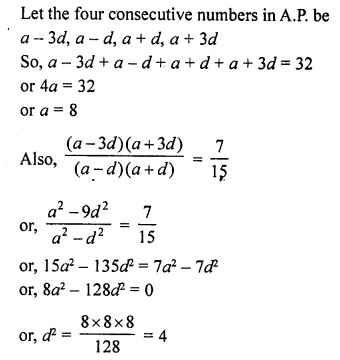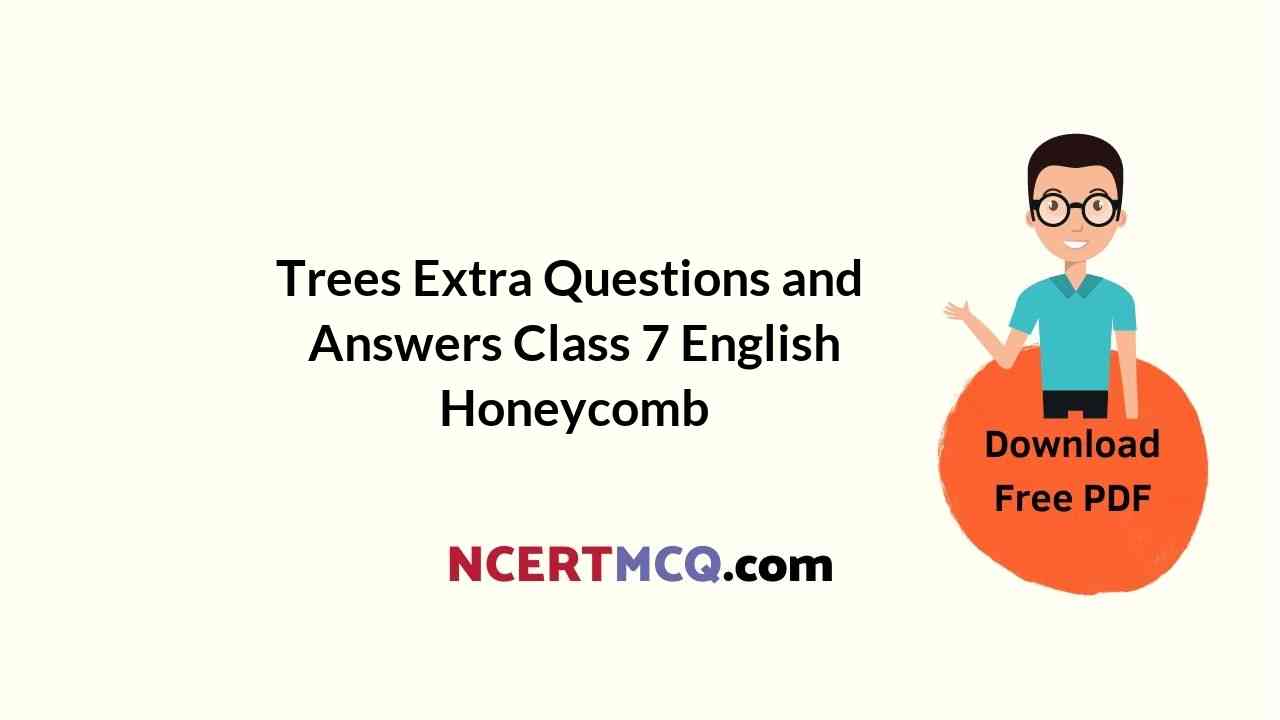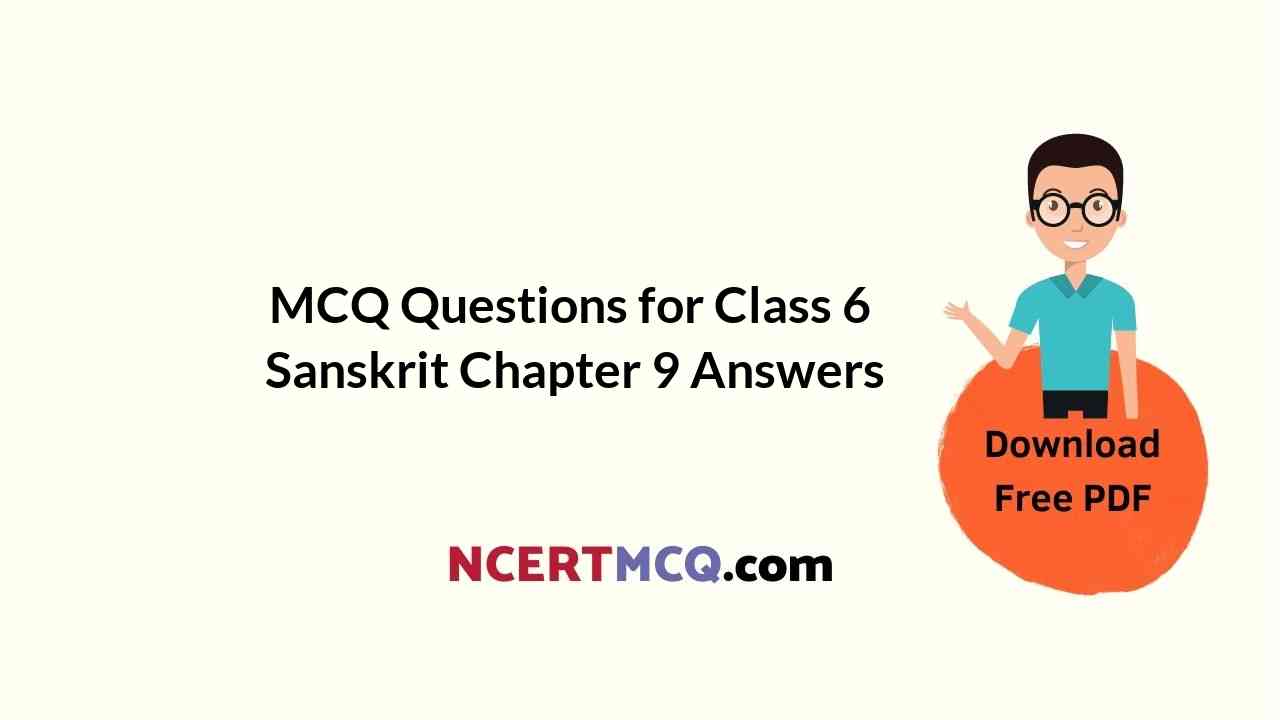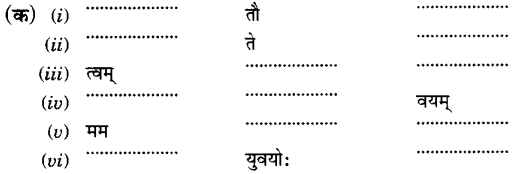Here we are providing Online Education 1 Mark Questions for History Class 12 Chapter 9 Kings and Chronicles: The Mughal Courts are the best resource for students which helps in class 12 board exams.
Online Education One Mark Questions for History Class 12 Chapter 9 Kings and Chronicles: The Mughal Courts
Question 1.
Who was the first ruler of the Mughal Empire?
Answer:
Babur was the first Mughal King.
Question 2.
How did Babur relate to Ghenghiz Khan?
Answer:
Babur was related to Ghenghiz Khan from his mother’s side.
Question 3.
Name few of the successors of Babur.
Answer:
Humayun, Akbar, Jehangir, Shahjehan, Aurangzeb etc.
Question 4.
Who gave a defeat to Humayun?
Answer:
Sher Shah Suri defeat Humayun.
Question 5.
Who is considered as the greatest Mughal Empire?
Answer:
Akbar is considered as the greatest Mughal Empire.
Question 6.
Who was the last powerful Mughal Emperor?
Answer:
Aurangzeb was the last powerful Mughal Emperor.
Question 7.
Name few of the Chronicles prepared during the Mughal Empire?
Answer:
Baburnama, Akbarnama, Shahjahannama, Alamgirnama etc.
Question 8.
In which language most of the Chronicles were written in the Mughal period?
Answer:
In Persian language.
Question 9.
What was the .centre of manuscript production during the Mughal empire?
Answer:
Kitabkhana was the centre of manuscript production during the Mughal Empire.
Question 10.
What was the Nastaliq?
Answer:
It was a style of calligraphy, a fluid style with long horizontal strokes.
Question 11.
What was Sheria?
Answer:
Sheria was an Islamic law.
Question 12.
In how many books, the Akbarnama is divided?
Answer:
Akbarnama is divided into three books and the third book is Akbarnama.
Question 13.
Who was Humayun ? How was he forced to run away from India ?
Answer:
Humayun was the son and successor of Babur. He expanded the frontiers of his empire. However, he was defeated by the Afghan leader Sher Shah Suri and was forced to run away from India.
Question 14.
What happened to Humayun when he ran away from India ?
Answer:
Humayun had to take refuge in the court of the Safavid ruler of Iran when he was drove into exile. In 1555 C.E., he defeated the Surs but died an year later.
Question 15.
How did the Mughal dynasty came to an end in India ?
Answer:
With the death of Aurangzeb in 1707 C.E., the power of the empire diminished. Many regional powers emerged in place of large Mughal empire. Yet symbolically, the prestige of Mughal rulers remained there. In 1857 C.E., the last scion of this dynasty, Bahadur Shah Zafar was overthrown by the British. In this way, the Mughal dynasty came to an end in India.
Question 16.
Who were the authors of the Mughal chronicles ? On which four points did they concentrate ?
Answer:
The authors of the Mughal chronicles were the court historians. All the chronicles emphasised the following points :
(i) Events associated with the ruler
(ii) Family of the ruler
(iii) The royal court
(iv) Wars and administrative provisions
Question 17.
Who founded the Asiatic Society of Bengal and when ? Tell any one work done by it.
Answer:
The Asiatic Society of Bengal was founded by Sir William Jones in 1784 C.E. This society published the edited versions of Akbarnama and Badshahnama in the nineteenth century.
Question 18.
Explain any two works done by Akbar to enhance the idea of Sulh-i-Kul.
Answer:
(i) Akbar gave positions and awards to Turanis, Afghans, Rajputs and Deccanis purely on the basis of their service and loyalty to the king.
(ii) He abolished the tax on pilgrimage in 1563 C.E. and Jizya in 1564 C.E. as both were based on religious discrimination.
Question 19.
What was Jizya ? Who abolished it ? By whom was it again imposed ?
Answer:
Jizya was a tax imposed on non-Muslim subjects. It was abolished by Akbar in 1564 C.E. and was again imposed by Aurangzeb.
Question 20.
Which was the favourite symbol to represent the idea of Justice of Mughal monarchy ? What does it mean ?
Answer:
The favourite symbol to represent the idea of justice of Mughal monarchy was the motif of the lion and the lamb (or cow) peacefully nestling next to each other. It was meant to signify that both the weak and the strong could exist in harmony.
Question 21.
How Mughal rulers kept control over court society ?
Answer:
Social control in court was exercised by forms of address, courtesies and speech which were acceptable in court. Even a small mistake of etiquette was noticed and punished right on the spot.
Question 22.
Which were the highest forms of salutation to the ruler by the Mughal courtiers ?
Answer:
(i) Sijda or complete prostration.
(ii) Chahar Taslim.
(iii) Zaminbos, i.e., kissing the ground.
Question 23.
Which Mughal emperor began the practice of Jharokha Darshan ? What was his objective behind this ?
Answer:
Jharokha Darshan was introduced by Akbar. According to this, emperor appeared on a small balcony, facing the east, giving a view to crowds of people standing below. Its objective was to broadening the acceptance of the imperial authority as part of popular faith.
Question 24.
What were Zat and Sawar ranks ? What was the main difference between them ?
Answer:
Zat and Sawar were the ranks or mansabs of Mughal officials based on numerical destinations. As Zat was an indicator of position in the imperial hierarchy and salary of the official but Sawar indicated towards the number of horsemen which he was required to maintain in his service.
Question 25.
Why Mughal emperor wanted to keep control over Kabul and Kandhar ?
Answer:
All conquerers who wanted to conquer the Indian sub-continent had to cross Hindukush to have an access to north India. That is why there was a constant policy of Mughals and that was to ward off this potential danger by controlling strategic outposts, i.e., Kabul and Kandhar.
Question 26.
“Jesuits were greatly respected during Akbar’s time”. Give three reasons in favour of this statement.
Answer:
(i) At public assemblies, the Jesuits were given places in close proximity to Akbar’s throne.
(ii) Jesuits accompanied Akbar on his campaigns and tutored his children.
(iii) Jesuits were often companions of the leisure hours of the Emperor.
Question 27.
What was the ‘philosophy of light’ created by Akbar and Abul Fazl ? Why was this used ?
Answer:
According to philosophy of light created by Akbar and Abul Fazl, a divinely inspired individual has top most sovereignty over his people and full control over his enemies. This philosophy was used to shape the image of the king and ideology of the state.

